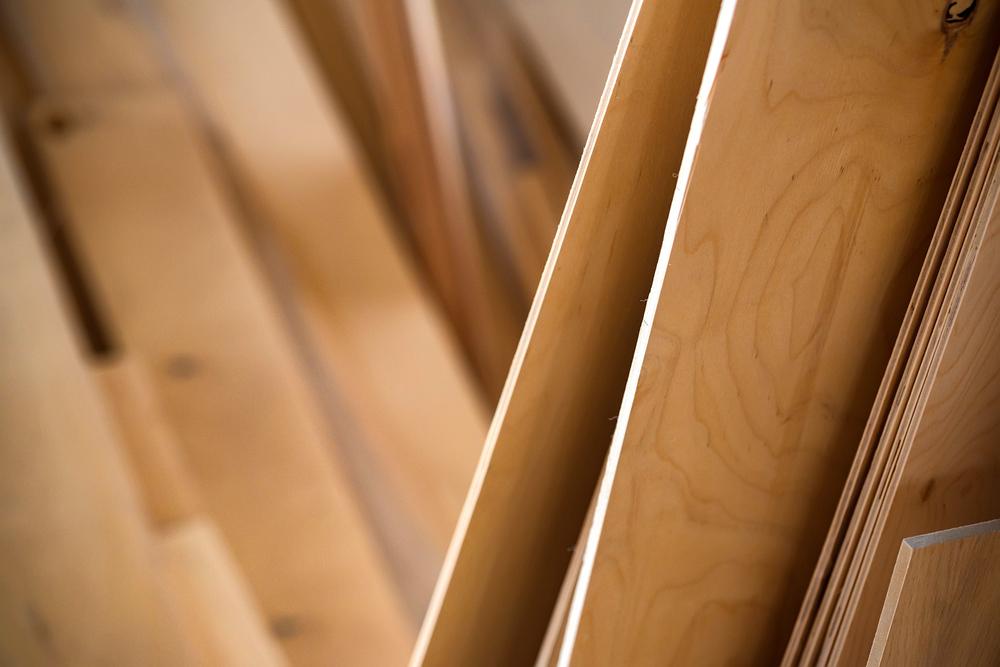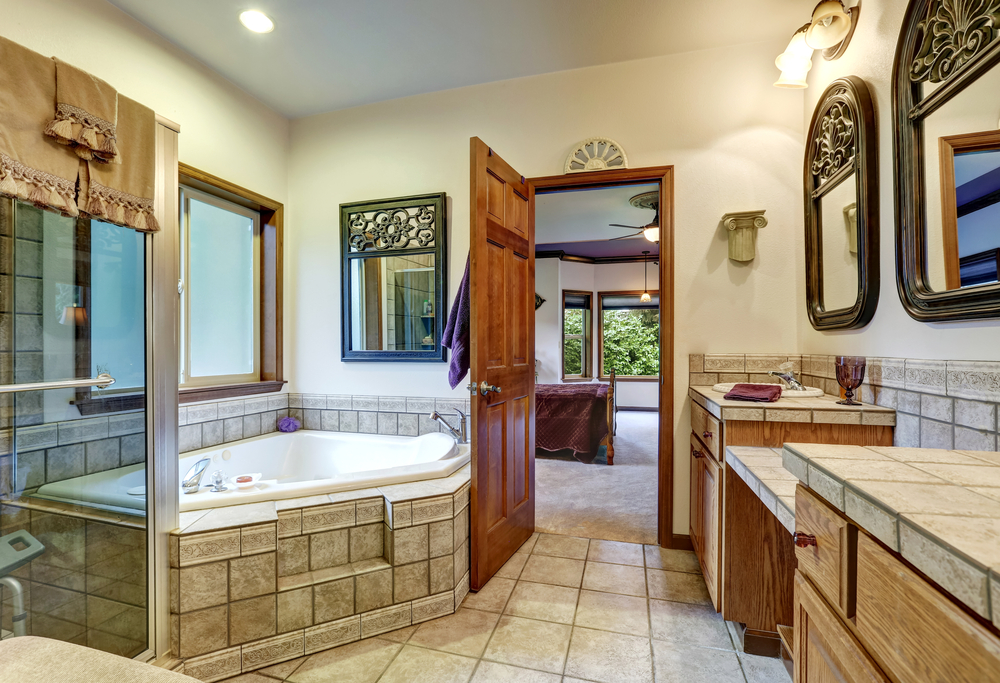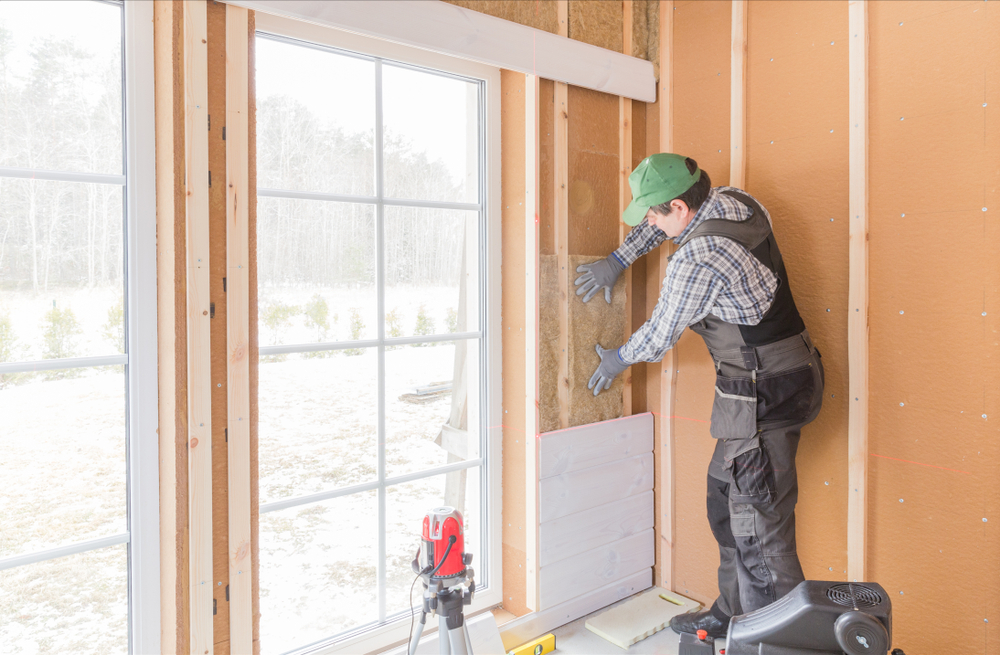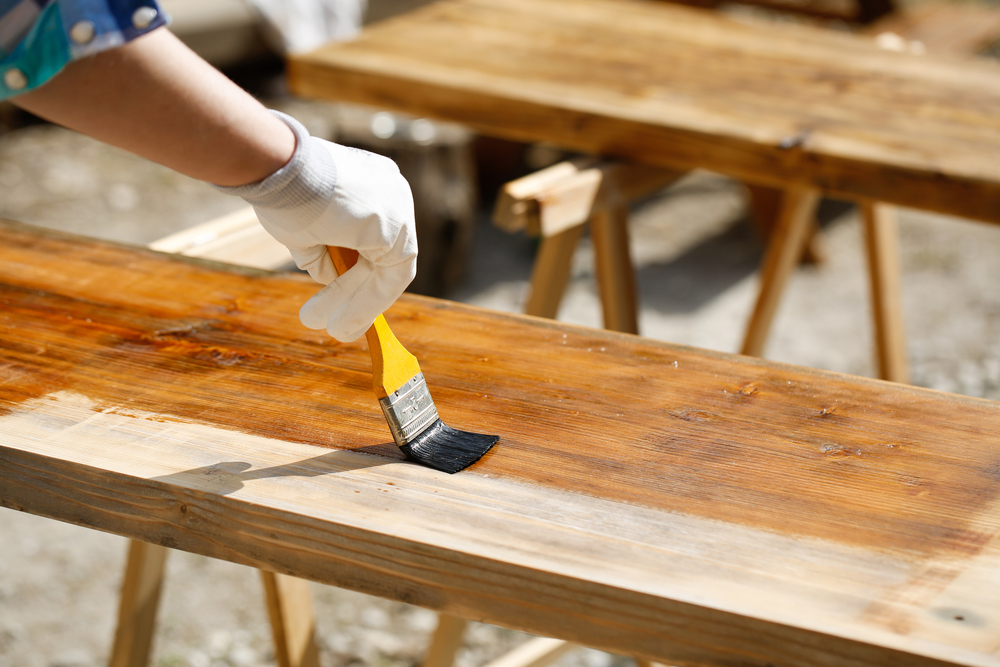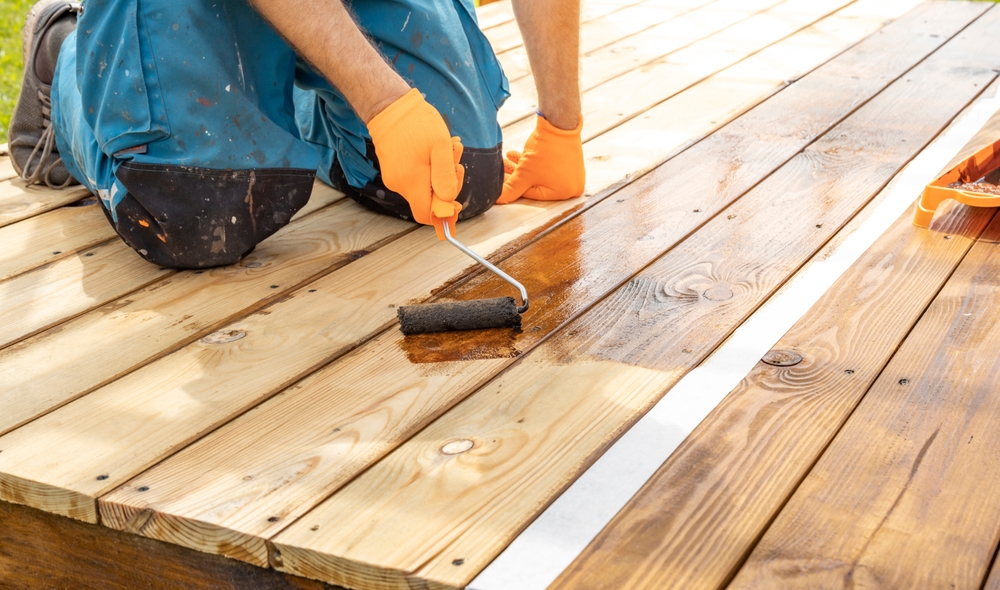Hip vs Gable Roof: A Comprehensive Guide
The choice between a hip roof and a gable roof often depends on architectural aesthetics, climate conditions, and functional needs. Each style has its advantages and potential drawbacks.
Understanding Roof Structures
First, let’s define these roof types. A gable roof has two sloping sides that meet at a ridge, forming triangular extensions at each end. This is a straightforward design often seen in residential homes. On the other hand, a hip roof has all sides sloping downwards toward the walls. There are no vertical sides, creating a more pyramid-like shape.
Advantages of Gable Roofs
Gable roofs are known for their uncomplicated design. This simplicity translates to quicker construction times and lower costs. With open space beneath, gable roofs often accommodate attic spaces or vaulted ceilings effectively. The triangular shape helps in shedding water and snow, reducing the risk of leaks and damage. This makes them preferable in areas with significant rainfall or snowfall.
- Cost-Effectiveness: With fewer materials and a straightforward construction process, gable roofs tend to be more budget-friendly.
- Water Drainage: The steep pitch allows for efficient water runoff, safeguarding against leakage.
- Versatility: Supports various roofing materials such as shingles, metal, or tile.
Challenges with Gable Roofs
However, gable roofs have their limitations. Strong winds can pose a threat due to the broad face of the triangular gables. High winds can exert pressure underneath and may lead to collapse if not properly braced. They need to be constructed with adequate support, especially in hurricane-prone regions.
- Wind Vulnerability: Susceptible to damage during high winds, requiring additional reinforcement.
- Maintenance Needs: Regular inspections are necessary to maintain structural integrity.
Benefits of Hip Roofs
Hip roofs offer excellent stability, beneficial in areas with strong winds or frequent storms. Their all-sides slope provides symmetry and exceptional load-bearing capabilities. This can make them more reliable where the roof is subject to wind force from multiple directions. The consistent slope aids in shedding water, similar to gable roofs, yet with enhanced wind resistance.
- Wind Resistance: Offers superior stability against high winds, reducing the risk of damage.
- Stability: Even distribution of weight increases overall structural reliability.
Drawbacks of Hip Roofs
The complexity of hip roofs can be a downside. The design incurs higher costs due to more materials and intricate construction techniques. This complexity can also impact attic space, often leaving less room compared to gable roofs. The interior space options might be limited, and ventilation requires careful planning.
- Higher Cost: More complex construction and additional materials lead to increased expenses.
- Limited Attic Space: Sloped design reduces accessible attic or storage space.
Architectural Considerations
The roofing style can greatly affect the overall aesthetic of a building. Gable roofs offer a traditional look that complements many styles of architecture. They are often seen in Colonial, Victorian, and Cape Cod-style homes. Hip roofs, with their stately appearance, harmonize well with ranch-style homes and cottages. Their symmetrical lines are often used in modern designs as well.
- Gable Roofs: Ideal for classic architectural styles.
- Hip Roofs: Suited for modern and ranch styles, adding a touch of elegance.
Climate Considerations
Climate plays a key role in roof selection. In areas susceptible to heavy snow, a steep gable roof prevents accumulation. Conversely, in hurricane-prone regions, the stability of hip roofs offers peace of mind. Ventilation is also better in regions with a lot of sun. A well-ventilated roof system can help in heat regulation and prevent ice dams.
- Snow and Rain: Gable roofs perform well in regions with heavy precipitation.
- Wind and Hurricanes: The stability of hip roofs favored in high wind areas.
Installation and Maintenance
Installation often depends on roof complexity. Gable roofs usually mean less labor and faster setup, while hip roofs often require skilled crews for their intricate design. Maintenance varies as well. Gable roofs demand frequent checks for wind damage. Hip roofs need careful inspection to ensure all areas are sealed properly but benefit from fewer potential leak points.
- Gable Roof Installation: Quick and generally more straightforward installation process.
- Hip Roof Maintenance: Regular upkeep to ensure all seals and joints are intact.
Choosing the Right Roof
In choosing between a hip and gable roof, consider factors like budget, location, climate, and personal preference for aesthetics. Engage with architects or builders to find the best fit for your needs. Each style suits different circumstances, and the best choice aligns with your specific requirements.
Both hip and gable roofs have stood the test of time due to their unique advantages. Making an informed choice requires weighing all relevant factors to ensure a lasting and efficient roof structure.

